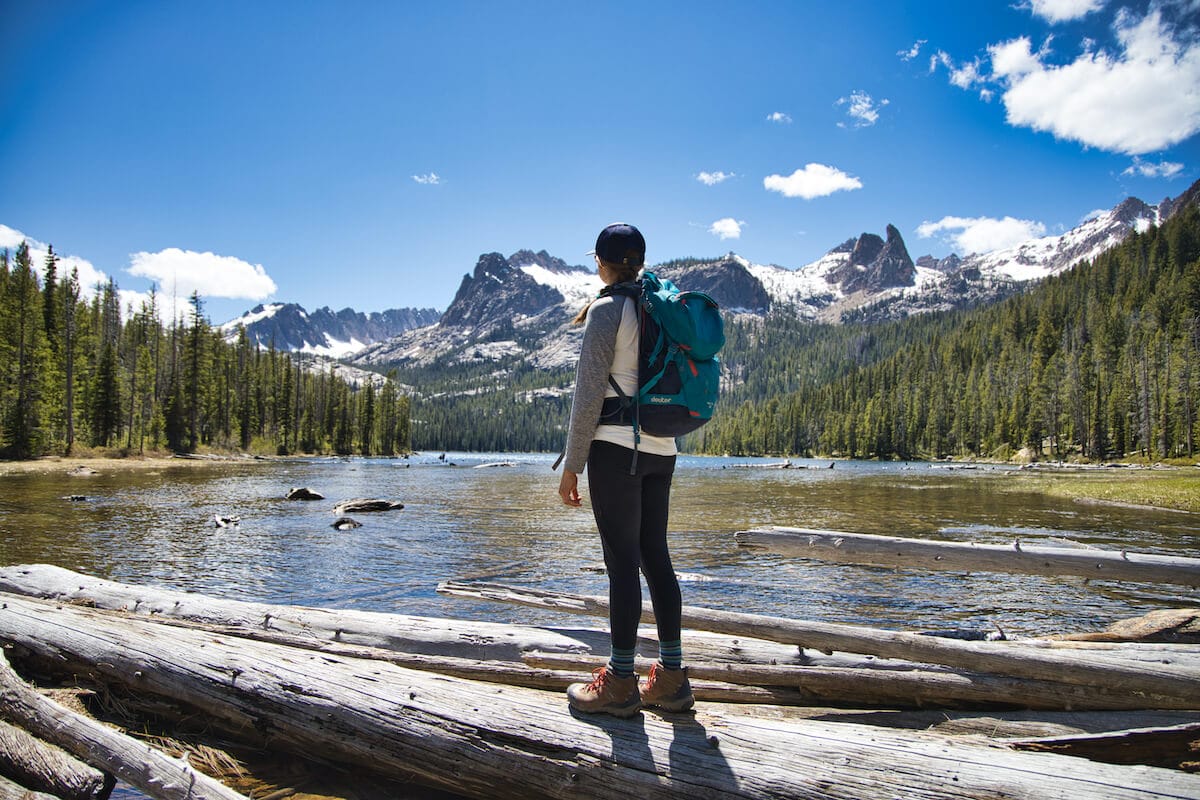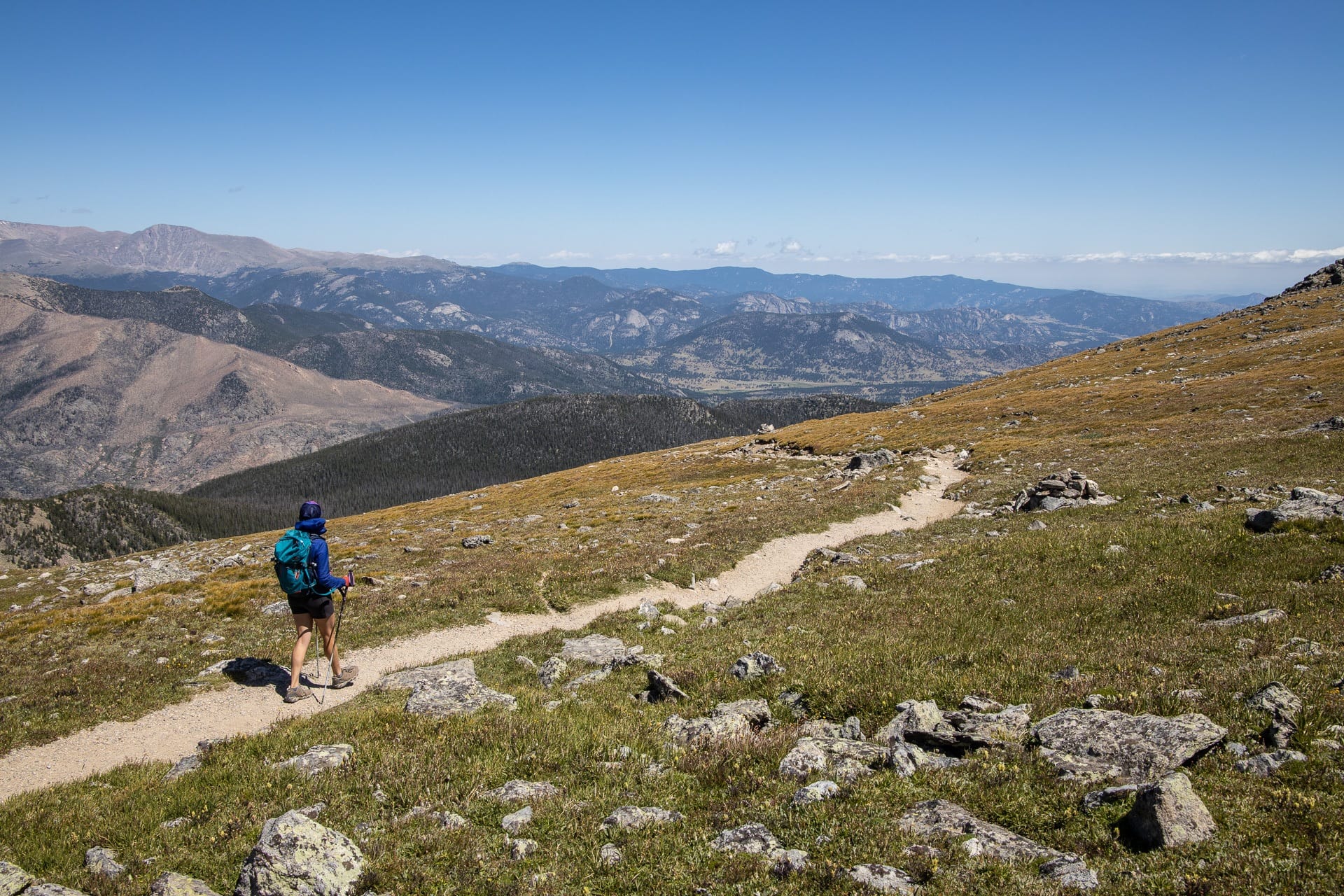Hiking alone requires thorough planning and knowledge of the environment to stay safe and enjoy the experience. These tips can help you become a pro at solo hiking.
As a solo hiker, preparation is key to ensuring your safety and enjoyment on the trail. Planning your route, informing someone of your plans, carrying essential gear, and knowing your limits are crucial aspects to consider. With the right mindset and preparation, solo hiking can be a rewarding and empowering adventure.
By following these tips, you can confidently tackle the trails on your own and make the most of your solo hiking experience.


Credit: bearfoottheory.com
Choosing The Right Trail
Embarking on a solo hiking adventure requires careful consideration when choosing the right trail. Opt for well-maintained routes with moderate difficulty, ensuring proper signage and clear paths. Research the area beforehand and inform someone of your plans for safety.
Choosing the Right Trail is crucial for a safe and enjoyable solo hiking experience. Understanding Trail Difficulty helps you pick a trail that matches your skill level and fitness. Researching Trail Safety is essential to ensure a safe journey into the wilderness.Understanding Trail Difficulty
Trails are classified into different difficulty levels like easy, moderate, and difficult. Check the trail’s elevation gain, terrain type, and distance.Researching Trail Safety
Look for recent trail conditions, weather forecasts, wildlife activity, and potential hazards. Inform someone about your hiking plans and expected return time. Remember: Safety first!:max_bytes(150000):strip_icc()/hiking-benefits-promo-1dd695b413d0435b921f535775dbe3db.jpg)
Credit: www.shape.com
Solo Hiking Preparation
Before embarking on a solo hiking adventure, proper preparation is key. Taking the time to pack essential items and adhere to safety measures will ensure a successful and enjoyable solo journey.
Packing Essentials
- Portable water filter
- Extra food and snacks
- First aid kit
- Navigation tools like map and compass
- Multi-tool or knife
Safety Measures
- Inform someone of your hiking itinerary
- Check weather conditions before heading out
- Carry a fully charged phone
- Stay on marked trails
- Trust your instincts and be aware of surroundings
When hiking alone, navigating the trail is crucial for a safe and enjoyable experience. Whether you’re a seasoned hiker or a beginner, mastering the art of trail navigation enhances your confidence and ensures you reach your destination without any hiccups. Here are essential tips for navigating the trail alone like a pro.
Using Maps And Gps
Before embarking on your solo hike, equip yourself with detailed maps and a reliable GPS device. Familiarize yourself with map-reading skills and the operation of your GPS. Mark key waypoints along your route to assist in orienting yourself and tracking your progress.
Trail Markers And Signage
Be attentive to trail markers and signage to validate that you’re on the right path. Differentiate between various markers and interpret trail signs correctly. Look out for trail blazes, arrows, and trailhead signs to keep you on course.

Credit: www.osprey.com
Solo Hiking Mindset
When it comes to hiking alone, having the right mindset is essential for a safe and enjoyable experience. Solo hiking allows you to connect with nature, challenge yourself, and gain a sense of independence. However, it also requires mental preparedness and self-reliance. By adopting the right mindset, you can navigate through unfamiliar trails confidently, make informed decisions, and stay focused on the journey ahead.
Mental Preparedness
Hiking alone requires mental strength and preparedness. Consider these tips to develop a strong solo hiking mindset:
- Know your limits: Understanding your physical and mental capabilities is crucial. Start with easier trails and gradually increase the difficulty level.
- Plan ahead: Research the trail thoroughly, including its length, elevation gain, and potential hazards. Familiarize yourself with the terrain and weather conditions.
- Stay positive: Maintain a positive attitude throughout the journey. Encourage yourself to overcome challenges and embrace the solitude as an opportunity for self-reflection and personal growth.
- Be flexible: Always have a backup plan in case of unexpected situations, such as changes in weather or trail conditions. Adaptability is key to a successful solo hike.
Self-reliance
As a solo hiker, self-reliance is vital for your safety and well-being. Here are some important self-reliance tips to keep in mind:
- Carry essential gear: Pack the necessary equipment, such as a map, compass, first aid kit, extra clothing, food, and plenty of water. Familiarize yourself with how to use each item.
- Learn navigation skills: Understand how to read and use a map, compass, and GPS device. Practice navigating before your solo hike to enhance your confidence in finding your way.
- Trust your instincts: Listen to your intuition and trust your judgment. If something feels unsafe or uncomfortable, it’s better to turn back or choose an alternative route.
- Communicate your plans: Inform a trusted person about your hiking plans, including your expected route, estimated return time, and emergency contact information. Check in with them upon completing your hike.
Emergency Preparedness
When hiking alone, being prepared for emergencies is of utmost importance. No matter how experienced or confident you are, unexpected situations can arise. That’s why it’s essential to equip yourself with the necessary knowledge and tools. Here are some key areas to focus on for emergency preparedness:
First Aid Know-how
Knowing basic first aid can make a significant difference when facing injuries or illnesses on the trail. Being able to provide immediate care can prevent conditions from worsening and potentially save lives. Here are some essential first aid tips for solo hikers:
- Carry a well-stocked first aid kit, including items like bandages, antiseptic wipes, adhesive tape, and pain relievers.
- Learn how to handle common hiking injuries, such as sprains, cuts, blisters, and insect bites.
- Understand the signs and symptoms of hypothermia, heat exhaustion, and dehydration, and learn how to manage them effectively.
- Know when and how to perform CPR and rescue breathing techniques.
Emergency Communication
Ensuring you have a reliable means of communication during solo hikes is vital for your safety. In case of emergencies or getting lost, being able to call for help can be a lifesaver. Here are some tips for emergency communication:
- Carry a fully charged mobile phone and keep it in a waterproof case to protect it from the elements.
- Research the areas where you’ll be hiking and check for cell phone reception. Let someone know your intended route and estimated return time.
- Consider investing in a personal locator beacon (PLB) or satellite messenger, which can work in remote areas without cell coverage.
- Learn Morse code for SOS distress signal (· · · — — — · · ·) in case you need to transmit visual or audible signals for help.
By being well-prepared in first aid know-how and emergency communication, you’ll have the peace of mind to hike alone confidently. Remember, it’s better to be over-prepared than caught off-guard when facing unexpected situations in the great outdoors.
Frequently Asked Questions For Hiking Alone Like A Pro Best Solo Hiking Tips
What Are The Benefits Of Solo Hiking?
Solo hiking offers freedom, self-discovery, and a chance to disconnect from the noise of everyday life. It allows you to set your own pace, make your own decisions, and immerse yourself in nature without distractions.
Is It Safe To Hike Alone?
While hiking alone can be safe, it’s important to take necessary precautions. Inform someone about your plans, carry proper gear, and research the trail beforehand. Trust your instincts, be aware of your surroundings, and hike within your limits to ensure your safety.
How Do I Prepare For Solo Hiking?
Preparing for solo hiking involves planning your route, checking the weather conditions, packing essential gear like a map, compass, first aid kit, and enough water and food. Familiarize yourself with basic navigation skills, leave your itinerary with someone, and ensure you have appropriate clothing and footwear.
Conclusion
Hiking alone can be a rewarding and empowering experience. By following these tips, you can enhance your solo hiking adventure while staying safe and prepared. Remember to trust your instincts, plan ahead, and stay connected with loved ones. With the right mindset and preparation, you can hike like a pro and enjoy the solitude and beauty of nature.